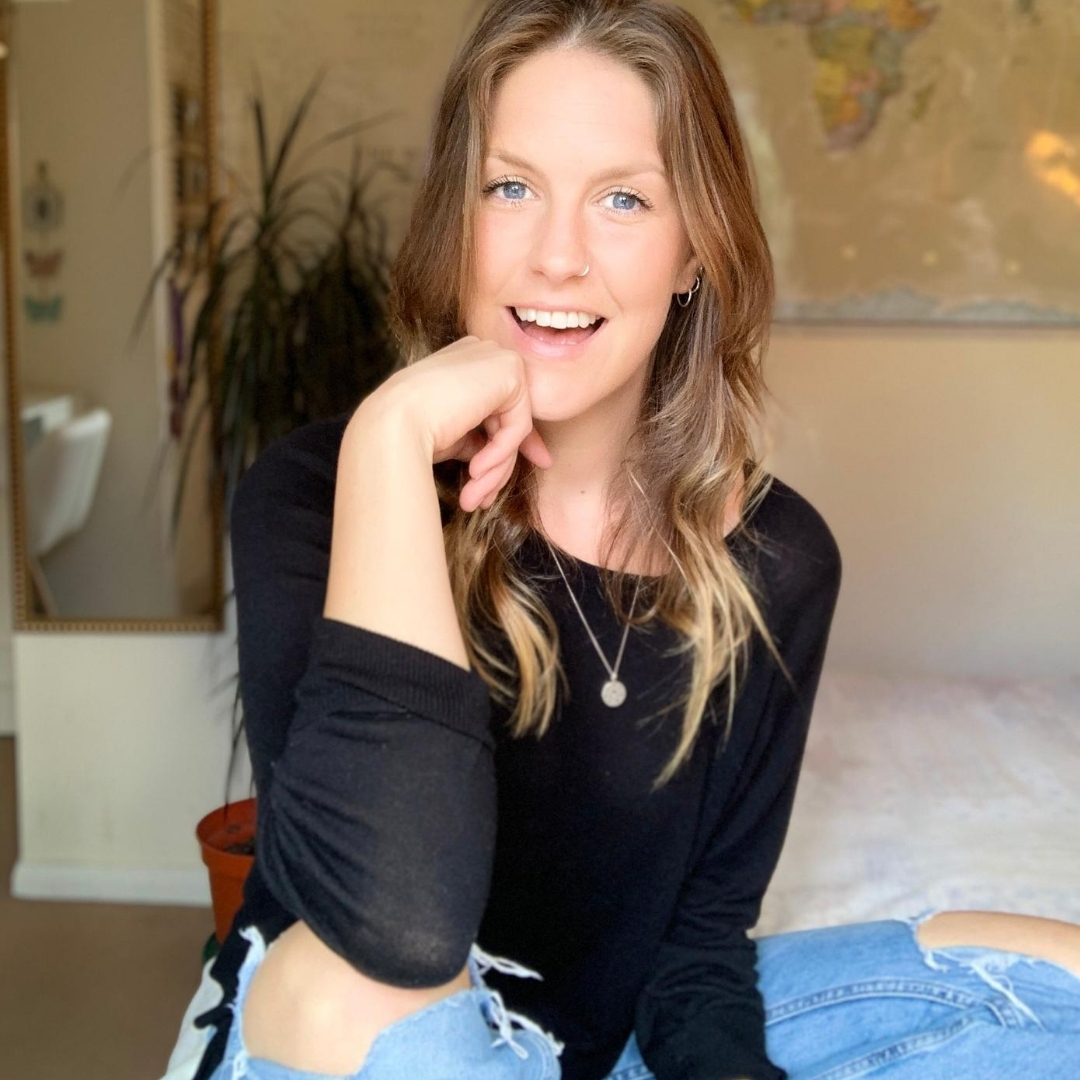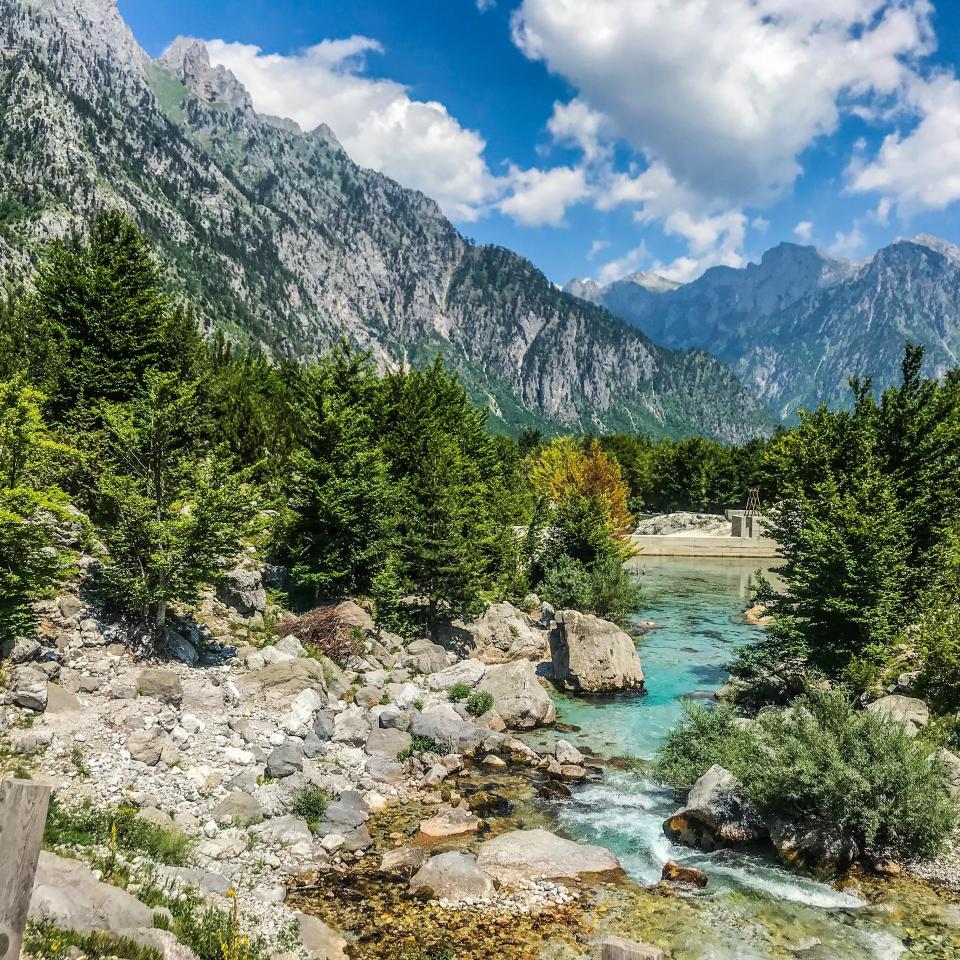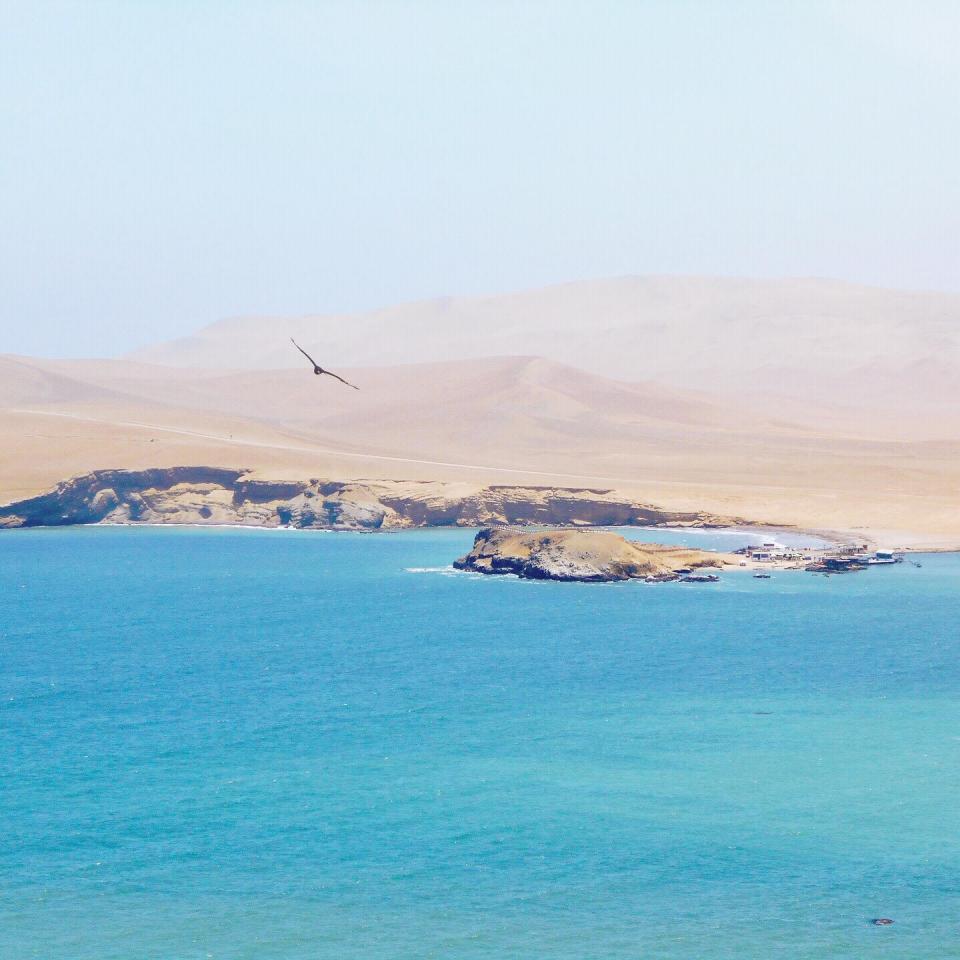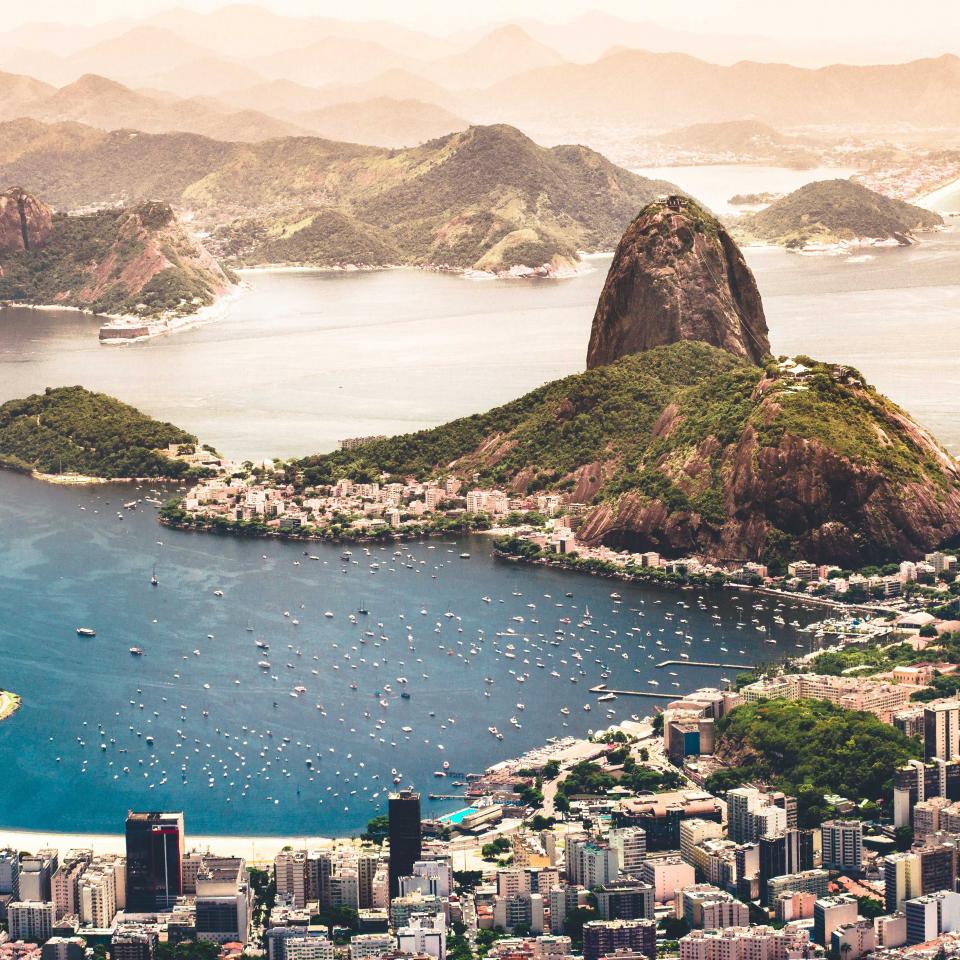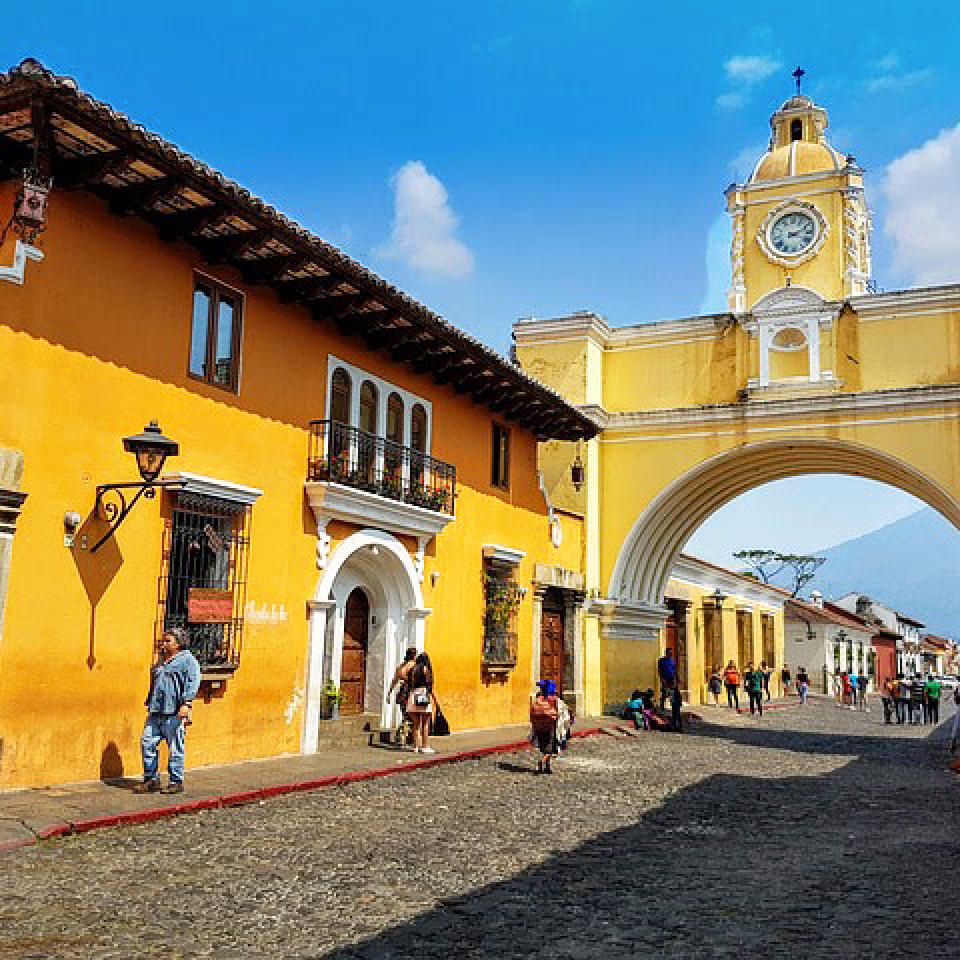When you travel outside of your comfort zone, every one of your senses is heightened. You become acutely aware of your surroundings, instinctively ensuring your safety in a novel environment.
I found this on my recent trip to South America. A beautiful continent with so much to offer. Every place preempted a sensory overload and I often found myself staring at the landscape questioning,
‘Is this real?’
But within all this beauty, my heart sank at the amount of waste and plastic littering the landscape.
The problem of plastic has never been more prevalent, and it wasn’t until I explored South America that I understood just how bad it really is. At this very moment in time there is over 8 million metric tonnes of plastic in our ocean, 8 million metric tonnes, and if we do not address the problem, The Plastic Tide estimate this figure to be ten times that by 2025.
In an interview with The Guardian in 2016, Dame Ellen MacArthur, a record breaking sailor, stated that by 2050, there will be more plastic waste in our oceans than marine life and in a disturbing report by the ‘Proceedings of the National Academy of Sciences’ figures estimate that
90% of seabirds have plastics in their stomachs
. The Plastic Tide believe that this figure is set to increase to 99% by 2050 if we don’t do anything about it. If that is not enough to convince you that something needs to be done, watch David Attenborough’s final episode of Blue Planet II which shows the horrific death of an Albatross whose gut was punctured by a discarded toothpick.
The first notable introduction of plastic into our society was by a scientist called John Hyatt in the early 1900’s. Ironically, his findings were in answer to providing an alternative solution for the uses of Ivory which had meant sacrificing populations of wild elephants and tortoises. At the time, this invention was marketed as;
the saviour of the natural world.
Following shortly after, Leo Baekeland, a chemist from Belgium, created ‘Bakelite’, the world’s first synthetic plastic with ‘1000 uses’ (Science History).
From these initial inventions, interest in the development of alternative materials gained substantial traction, and by the early 1900’s huge corporations began investing in the development of man made plastics. When World War II began, a ‘plastic boom’ was started and from that point on, plastics became a staple in everyday life.
However, it wasn’t long until the positivity towards plastics began to falter, and nations began to see their negative impact.
One of the biggest problems with plastic is that it does not break down and once it is in our environment,
Plastic is here to stay.
The Plastic Tide suggests that larger pieces of plastic take up to 400 years to breakdown and when they do, they form microplastics which are just as harmful.
In a report written by the Journal of Scientific Reports and published in The Independent, a team of scientists in France and Malaysia, discovered microplastic particles in fish sold for human consumption. They stated that “seafood products could be a major route of human exposure to microplastics” and when these microplastics are ingested they can be toxic.
At this current moment, figures of microplastics in our ocean stand in excess of fifteen trillion pieces, and the effect these microplastics have on our environment and oceans is devastating. There are no shortage of graphic images depicting stomachs of birds full of plastics, or sea lions strangled by plastic bags and turtles with straws stuck in their noses.
With a huge plea from David Attenborough and Blue Planet II last year, people’s eyes are finally opening to the consequences of our actions. Examples of this can be seen in Kenya who have recently banned the use of throwaway plastic bags and Penzance in west Cornwall has become the UKs first town to achieve the ‘plastic free’ status. There is movement in South America and Asia too; hostels and restaurants have stopped serving drinks with straws, others have organised mass beach clean ups and many highlight the importance of recycling.
But there is still so much to be done and in countries where plastic is favoured because of how cheap and adaptable it is, how can we encourage reduced use of it?.
There is not a one size fits all solution. I think there are many solutions to this problem, but they will only be effective when used in harmony and on mass. The World Economic Forum outlines ‘8 steps to solving the ocean’s plastic problem;’ but what can you personally do to help? Here are some suggestions below:
1. EDUCATE
Especially in poorer countries and communities. We need to highlight the negative impact of discarded plastics from an early age.
2. REDUCE
Your use of single-use plastics – e.g Straws, plastic bags, drink bottles, coffee cups.
3. RECYCLE
This is so important. Whilst this doesn’t solve the problem of it staying in our environment for years to come, it will keep plastic out of our oceans.
4. ORGANISE
Clean ups in your local town / beach. This is so incredibly rewarding and has a substation positive impact on the environment and wildlife. It doesn’t take much, gather up friends and family or join an organised group like this: Surfers against Sewage.
5. AVOID
Products with ‘microbeads’. This are found in shower gels, face scrubs, toothpastes and many more beauty products. These were banned from sale in the UK in July 2018 but if you have some products stored in your cupboard with microbeads or visit another country and use their products with microbeads: DO NOT USE.
This solution is not a quick fix. We are tackling a problem that we have created over many years of plastic production and use, and one of the biggest problems is that for many people, ignorance is bliss. If we haven’t seen the devastation caused first hand, we tend to ignore it. But please don’t ignore it.
Do some research and see for yourself. If you don’t want to get involved in clean ups or support a charity, at least recycle and avoid the use of single plastics altogether.
6. GET INVOLVED
You can easily get involved in social media movements like the #trashtag challenge and the #adventurebag crew. Check them out on Instagram and join the movement for a cleaner and greener future!
